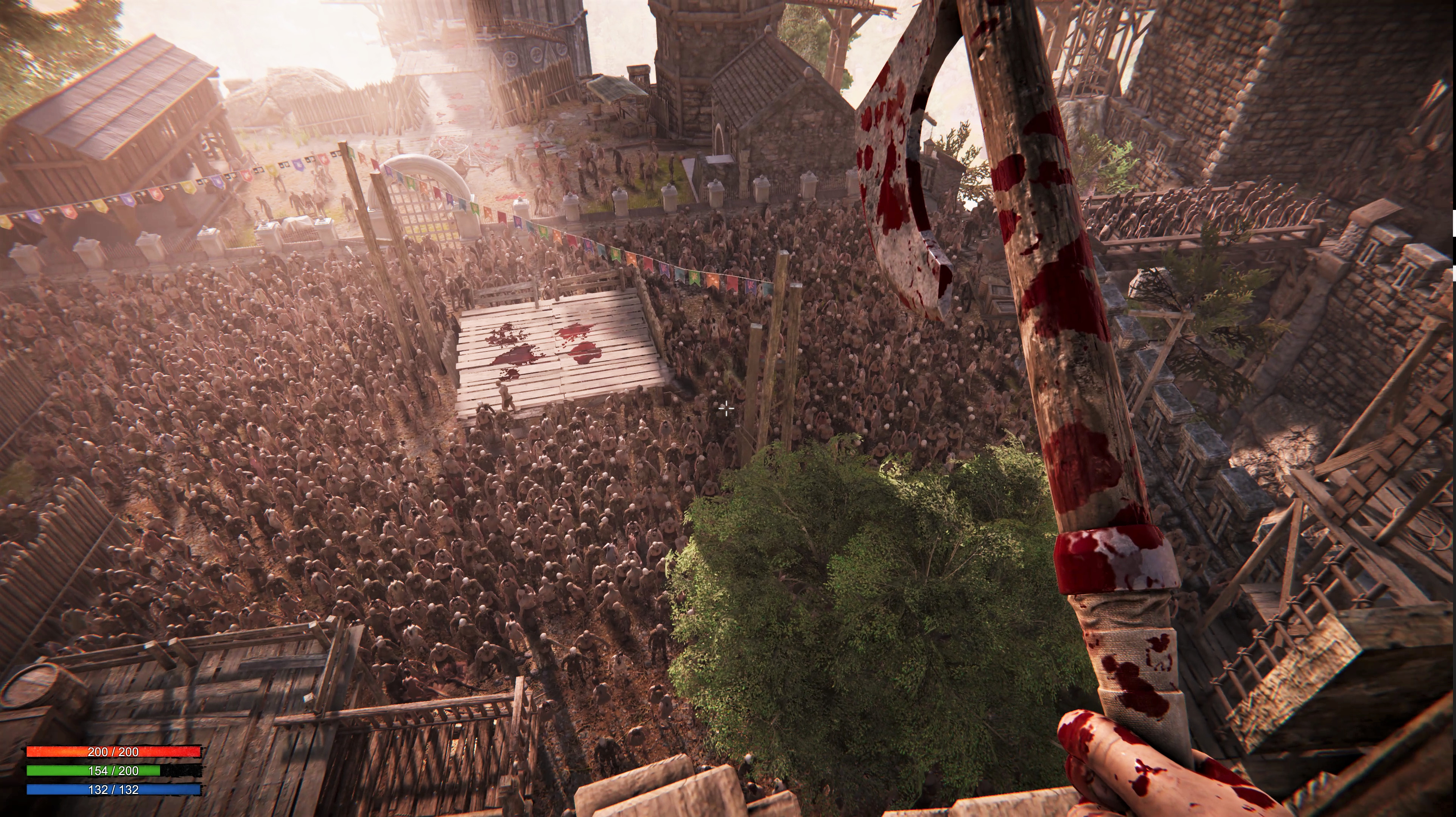

Two teams used Hubble data in their investigations - one led by Kailash Sahu of the Space Telescope Science Institute in Baltimore, Maryland and the other by Casey Lam of the University of California, Berkeley. Then Hubble follows up on the most interesting such events. Ground-based telescopes, which monitor the brightness of millions of stars in the rich star fields toward the central bulge of our Milky Way, look for a tell-tale sudden brightening of one of them when a massive object passes between us and the star. However, a black hole warps space, which then deflects and amplifies starlight from anything that momentarily lines up exactly behind it.

Telescopes can't photograph a wayward black hole because it doesn't emit any light. Because the self-detonation is not perfectly symmetrical, the black hole may get a kick, and go careening through our galaxy like a blasted cannonball. These stars explode as supernovae, and the remnant core is crushed by gravity into a black hole. The nearest star to our solar system, Proxima Centauri, is a little over 4 light-years away.īlack holes roaming our galaxy are born from rare, monstrous stars (less than one-thousandth of the galaxy's stellar population) that are at least 20 times more massive than our Sun. However, its discovery allows astronomers to estimate that the nearest isolated stellar-mass black hole to Earth might be as close as 80 light-years away. The newly detected wandering black hole lies about 5,000 light-years away, in the Carina-Sagittarius spiral arm of our galaxy. Stellar-mass black holes are usually found with companion stars, making this one unusual. Until now, all black hole masses have been inferred statistically or through interactions in binary systems or in the cores of galaxies. Following six years of meticulous observations, the NASA/ESA Hubble Space Telescope has, for the first time ever, provided direct evidence for a lone black hole drifting through interstellar space by a precise mass measurement of the phantom object.
#The black masses c full
SteamworksCollect the full set of trading cards, backgrounds, emoticons, and achievements! Featuring Steam Cloud, Steam Workshop, closed captions in multiple languages and full controller support.Astronomers estimate that 100 million black holes roam among the stars in our Milky Way galaxy, but they have never conclusively identified an isolated black hole. WorkshopCreate your own mods, models, and maps with the Black Mesa Source SDK, then share it with the community on the Steam Workshop. MultiplayerFrag your friends across 10 iconic maps from the Half-Life universe, including:

The all-new soundtrack and voice acting create a more immersive experience than ever before.Wield an arsenal of military hardware, scientific prototypes, and the iconic crowbar through incredibly detailed environments.Face off against an army of classic enemies, updated with new features and engaging AI.Mind-Blowing graphics and effects, never before seen on the Source Engine.19 chapters of fighting through top-secret labs, running atop harsh desert landscapes, sneaking into abandoned railways, and leaping across dimensions.A completely reimagined and refined single player campaign, including all new and expanded Xen levels.When a routine experiment goes horribly wrong, you must fight your way through an interdimensional alien invasion, and a bloodthirsty military clean-up crew in order to save the science team. Single Player CampaignYou are Gordon Freeman, a theoretical physicist at the Black Mesa Research Facility. There has never been a better time to pick up the crowbar and play! About This Game Relive Half-Life Black Mesa is the fan-made reimagining of Valve Software’s Half-Life.īlack Mesa: Definitive EditionUpdate 1.5 brings together all the improvements to graphics and gameplay across 15 years of development to create the final version of Black Mesa.


 0 kommentar(er)
0 kommentar(er)
